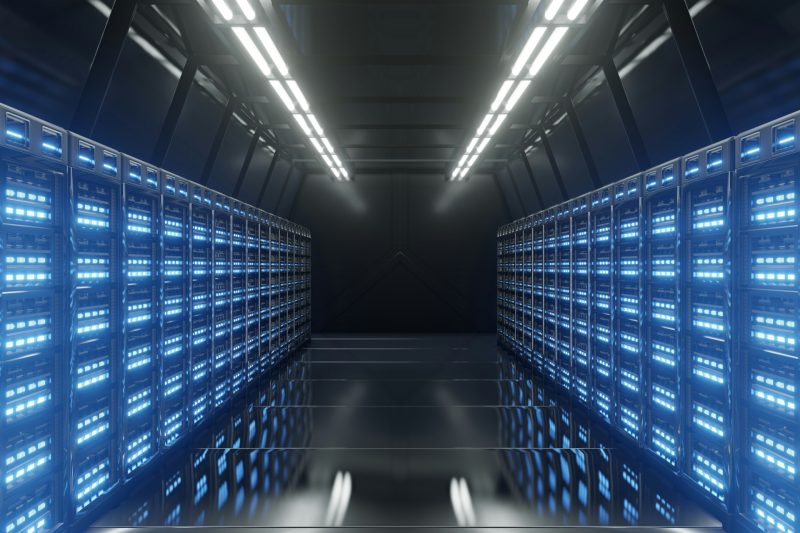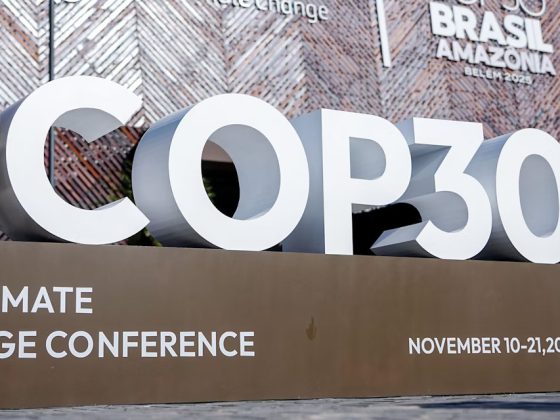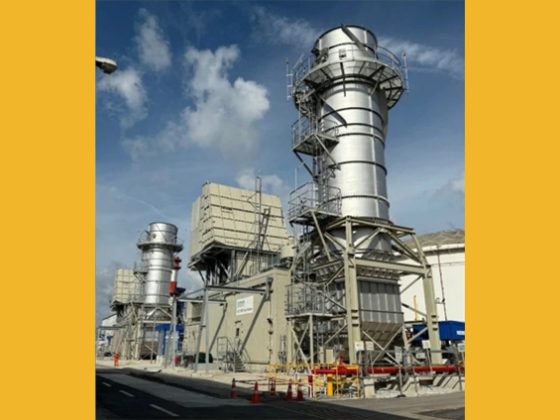Data-centre spending is projected to reach $1.1 trillion by 2029, driven largely by AI-related energy and compute demand.
AI’s clean energy investments should strengthen power systems for everyone, in line with sustainability goals, not just meet AI energy needs.
Starting with COP30, collaboration is essential to ensure that AI development accelerates the broader energy transition.
The COP30 climate summit in Belém, Brazil is happening at a pivotal moment for the global clean energy transition. But the event has also attracted noticeably limited participation from major players including the US, Russia, India and China, underscoring growing geopolitical and implementation challenges.
Now more than ever, the countries gathered for COP30 face pressure to move from ambition to action, advancing the commitments made at COP28 to triple global renewable energy capacity and double energy efficiency by 2030.
COP30 has also placed digital technologies and artificial intelligence (AI) firmly on the agenda, recognising AI’s energy paradox. While this technology could accelerate clean energy deployment and system optimization, its rapidly rising need for electricity poses new challenges for grids, policy frameworks and long-term planning.
This paradox is likely to persist as AI-driven demand surges. Data centre investments are projected to reach around $1.1 trillion by 2029, alongside a global push to scale renewables and upgrade grid infrastructure.
AI’s growth has created a powerful incentive for technology firms to invest in clean, reliable power. But it also raises a critical question for COP30 negotiators: What if the new clean energy capacity being built remains siloed, powering AI but not strengthening the wider energy systems that communities, industries and households rely on?
Stronger coordination between technology leaders, utilities and policy-makers is essential to ensure AI’s growth supports, rather than competes with, global decarbonisation goals.
AI’s dual energy transition role
Data centres could represent around 3% of global electricity demand in 2030, raising concerns about the ability to support this demand while also meeting global net-zero commitments.

AI’s rapid expansion has forced technology firms to confront the limits of existing energy systems. Data centres and the advanced chips that drive AI are among the fastest-growing sources of global electricity demand. By 2035, data centres in the US alone could account for 8.6% of total electricity use – more than double their current share. Globally, data centres consumed around 415 TWh in 2024 and this is expected to more than double by 2030, according to the International Energy Agency (IEA).
In response, companies such as Microsoft, Amazon and Google are signing long-term clean-power contracts, investing directly in generation projects and even financing early-stage nuclear and geothermal ventures.

These investments could have positive effects, helping to de-risk innovative clean technologies, demonstrate their commercial viability and build local clean energy capacity. However, they also expose a structural tension as AI’s clean energy leadership is driven primarily by self-supply imperatives, rather than by system-level planning that delivers shared benefits.
Consequently, much of the new capacity being developed may not substantially support the broader electrification of transport, heavy industry or communities. And as tech giants secure long-term renewable deals, smaller players risk being priced out. This could create a two-speed transition that would undermine equitable decarbonisation. Several US utilities, for example, are currently delaying fossil-plant retirements and building new gas facilities to meet surging data-centre demand.
If this kind of growth continues, it could strain grid reliability and slow the wider transition to clean power. AI-driven energy investment should be channelled in ways that strengthen entire systems, not just individual data centres.
Avoiding a zero-sum energy transition
As electricity systems face growing pressures from vehicle and building electrification, reindustrialisation and population-driven demand, the rapid rise of AI introduces an additional layer of complexity. The IEA estimates that data-centre growth could account for more than 20% of total power demand growth in advanced economies through 2030. If most new generation capacity is channelled into powering AI workloads, fewer resources may remain for hard-to-decarbonise sectors, slowing the broader energy transition.
At COP30, discussions of “twin transitions” (the convergence of AI and the energy transition) highlight how these forces could work together to drive growth, energy security and climate action. The launch of the AI Climate Institute during COP30 reflects this ambition, positioning AI as a tool for empowerment, particularly for the Global South, where access to clean, affordable energy remains critical.

The clean energy capacity powering AI must also reinforce grids and expand energy access to benefit society as a whole. This balance is essential to align technological progress with climate ambition.
From energy consumption to energy intelligence
AI’s potential impact on the energy transition could extend well beyond simply consuming electricity. It could serve as a key enabler of system intelligence, improving renewable forecasting, grid balancing and predictive maintenance. AI could also optimise building efficiency and enable flexible demand that adjusts to variable solar and wind output. When applied intentionally, AI could transform the energy system, making it more adaptive, resilient and equitable, rather than simply adding to demand.
Achieving this balance will require system-level partnerships across sectors. Based on the latest cross-industry insights from the Forum’s AI Energy Impact initiative, four areas for collaboration stand out:
- Shared infrastructure planning: Align AI-related investments with regional grid expansion and resilience initiatives.
- Transparent energy sourcing: Encourage open reporting on electricity use, carbon intensity and clean-power procurement.
- Incentives for co-benefits: Support projects that advance both corporate energy reliability and local decarbonisation goals.
- Integrated policy frameworks: Embed AI load forecasts into national and regional energy transition plans to avoid local grid bottlenecks.
Such steps would help ensure that AI’s clean energy momentum strengthens public systems, rather than creating parallel energy ecosystems available only to the largest firms.
Shared responsibility for clean energy
To drive collaborative progress on energy intelligence, future COPs should incorporate several key themes.
Dedicated sessions on “AI & clean energy infrastructure” would ensure issues like renewable contract lock-in, equitable access, grid integration and scaling replicable models are formally on the agenda. By amplifying regional case studies such as green data centres, integrated renewable capacity for AI and shared grid access, other countries can learn and replicate these developments. Finally, embedded policy and governance dialogues, covering standards for “green compute” and clean energy for AI data-hubs, would help participants ensure that infrastructure benefits communities, not just hyperscalers.
AI’s growing electricity demand is both a challenge and an opportunity. It can accelerate the commercialization of clean technologies and reshape energy systems for the better – but only if the benefits extend beyond data centre needs.
AI is already driving the next phase of energy innovation. The challenge now is to make sure this innovation strengthens the entire energy system, powering not only the algorithms of the future but also the societies they aim to serve.
By: Ginelle Greene-Dewasmes (Initiatives Lead, Artificial Intelligence and Energy, Centre for AI Excellence, World Economic Forum)
Originally published at: World Economic Forum
Featured image credits: Getty Images
Source: zedreviews.com










